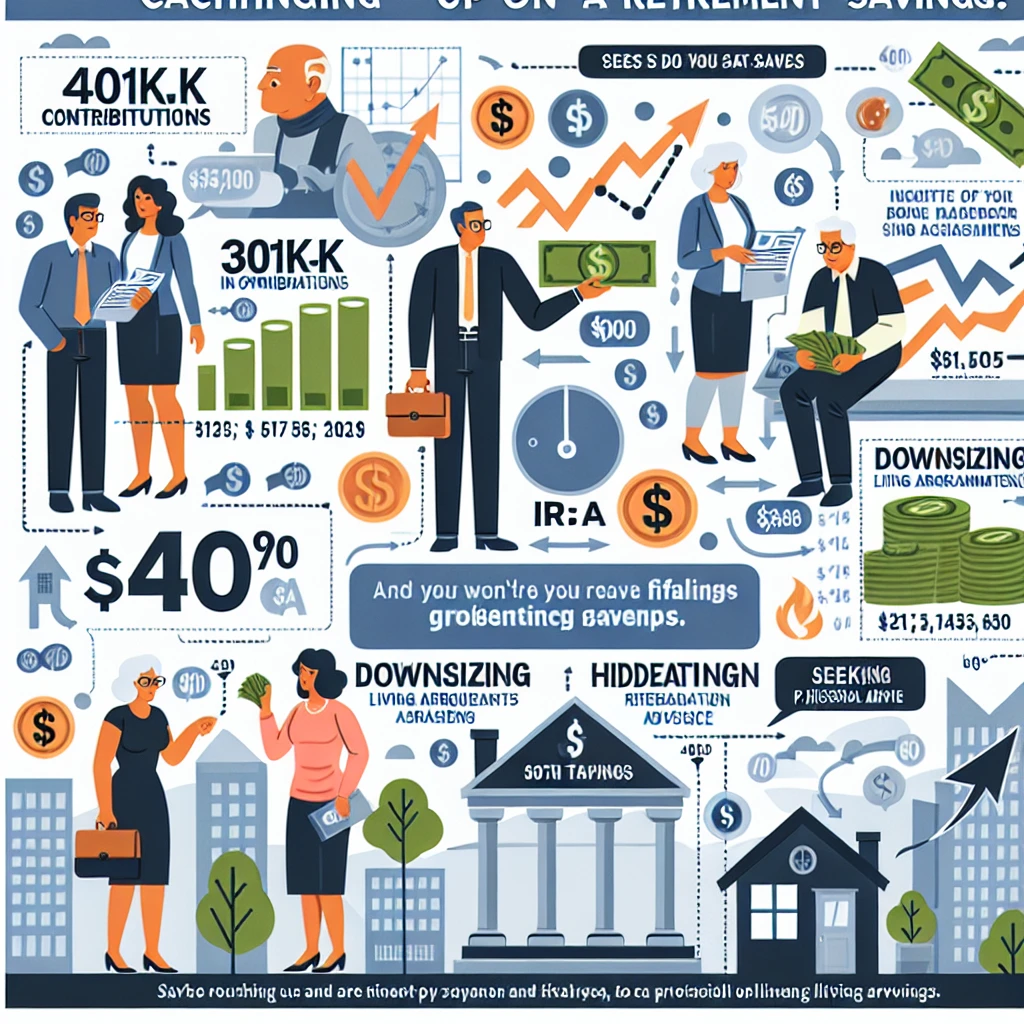As of 2022, the Federal Reserve reported that individuals aged 55 to 64 had an average retirement savings balance of approximately $538,000. However, the median savings balance for this age group was just $185,000 two years prior. This stark difference suggests that the $185,000 figure likely provides a more accurate reflection of older workers’ typical savings.
If your IRA or 401(k) plan balance falls significantly below these figures, you might be concerned about retiring on schedule, particularly if you’re already in your 50s. Fortunately, it is still feasible to aim for retirement in your mid-60s. Here are some strategies to bolster your savings by age 65.

1. Maximize Your Employer’s 401(k) Match
Many companies offer matching contributions as part of their retirement plans. It’s crucial to understand your company’s 401(k) match details and to ensure you’re taking full advantage of this benefit.
While some individuals choose not to participate in their employer’s 401(k) due to high fees or limited investment options, it’s wise to contribute enough to qualify for the full match available to you.
2. Consider a Side Job
If your retirement savings aren’t where you want them to be, it may be due to your salary being consumed by regular expenses. In such cases, increasing your savings could involve taking on a side job for additional income.
You wouldn’t be alone if you pursued this route. In 2022, data from the software company Zapier indicated that 36% of Gen X workers and 22% of baby boomers had side gigs.
The benefit of a second job is that you might discover a role you genuinely enjoy. If so, you could continue it even after retiring, providing ongoing income and potentially allowing you to retire on time without needing to work full-time into your 70s.
3. Reevaluate Your Investments
If you’re within seven years of retirement and have already divested your stocks, it might be time to reassess. Even if retirement is just a year or two away, your portfolio should still include some stocks—though perhaps not as prominently. Stocks are crucial both in the years leading up to retirement, for boosting savings, and during retirement, to maintain portfolio growth.
If retirement is seven or more years away, consider emphasizing stocks in your investment strategy. You have time to weather potential market downturns, and your portfolio could see significant growth from these assets.
Being behind on savings doesn’t necessarily mean you’ll retire late. To retire as planned, ensure you’re maximizing available funds, consider a side hustle for extra earnings, and make sure your investments are working effectively for you.




